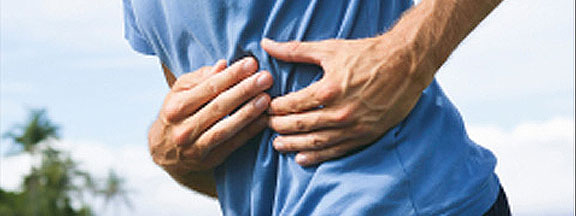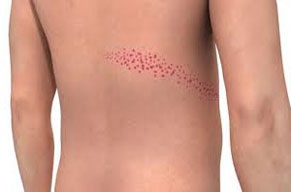Shingles is an infection caused by the same virus that causes chickenpox, the varicella-zoster virus. Shingles results in a rash that can be intensely painful. The rash appears as raised dots that develop into blisters, then dry out and crust over.
WHO GETS SHINGLES?
Shingles occurs in people who had chickenpox previously; in cases of shingles, the dormant (inactive) varicella-zoster virus becomes active again.
Shingles can occur at any age, but the risk increases as you get older. About half of all cases appear in people age 60 or older.
WHAT ARE THE SYMPTOMS OF SHINGLES?
The first sign of shingles usually is a tingling feeling, itchiness, or stabbing pain on the skin. A rash appears after a few days as a band or patch of raised dots on the side of the body or face. The rash develops into small, fluid-filled blisters that begin to dry out and crust over within several days. When the rash is at its peak, symptoms can range from mild itching to extreme and intense pain.


